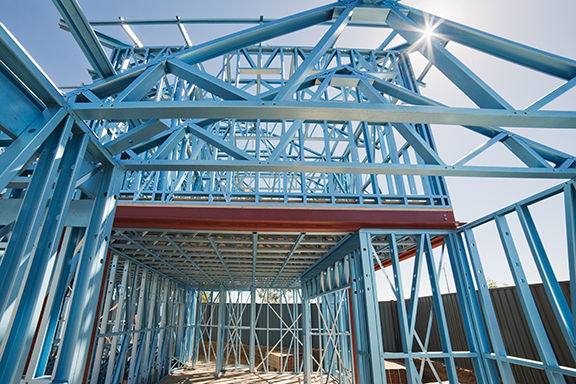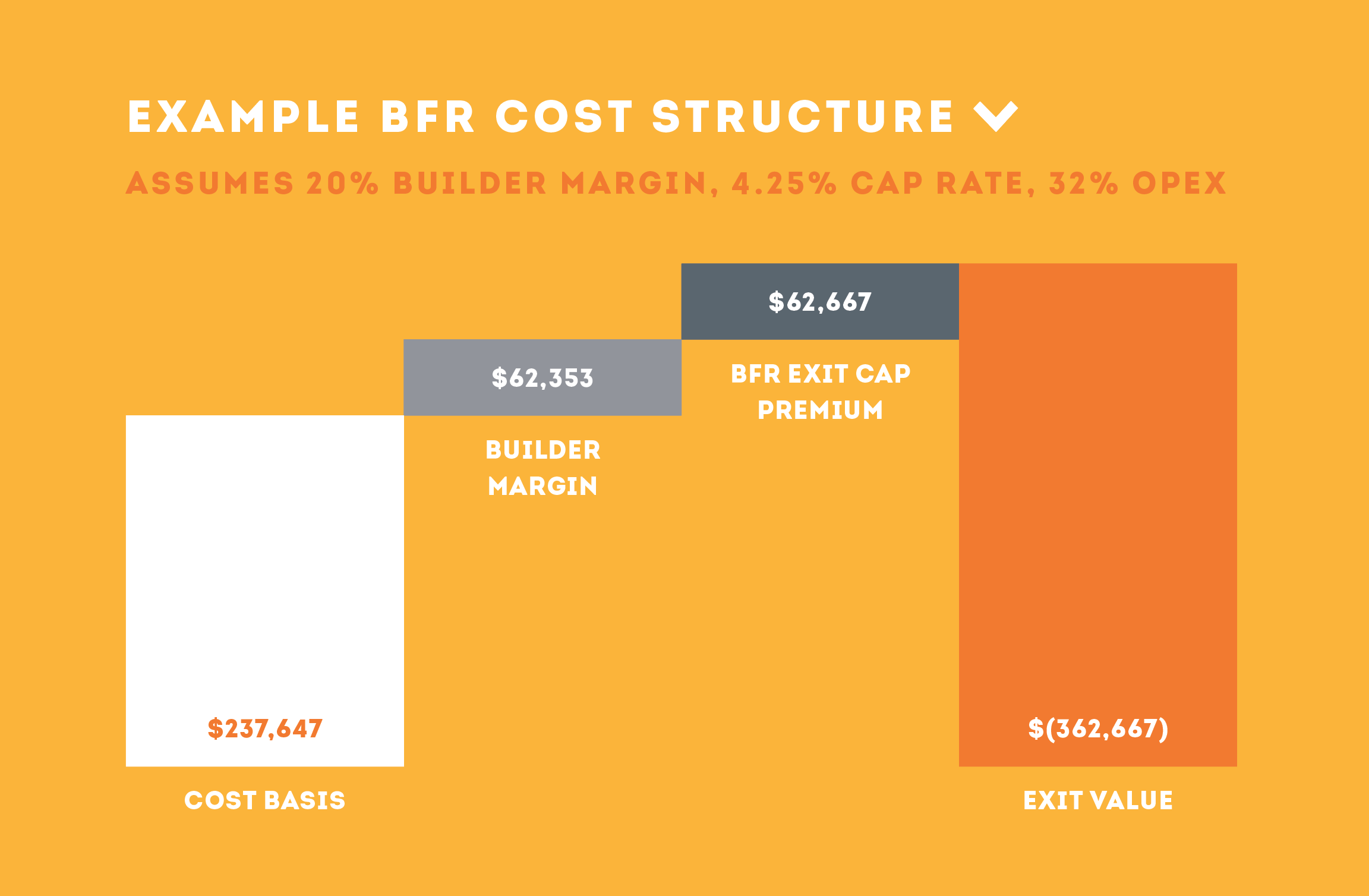Bringing New Synergy to Residential Construction
Broadstreet Homes Combines Steel & 3-D Modeling for Speed, Cost-Efficiency by Carole VanSickle Ellis When Brian Iagnemma, President and CEO of Broadstreet Homes, tells you that his business “builds everything twice,” it might not sound like the epitome of efficiency. Keep listening, however, and you will discover that this unique build-to-rent design process truly trims the budget and keeps mammoth projects on track. “The heartbeat of our business is our
Read More











